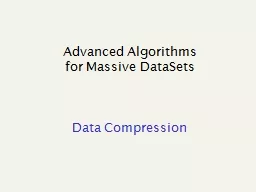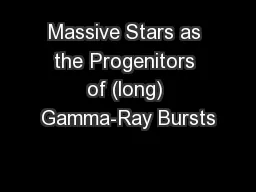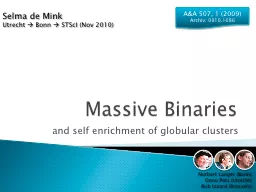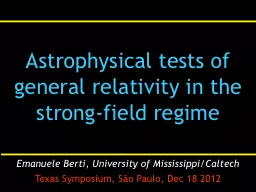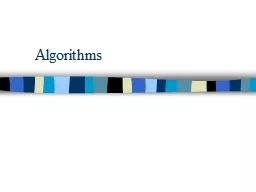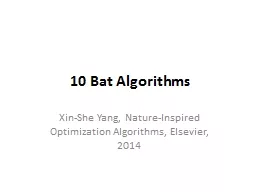PPT-Advanced Algorithms for Massive
Author : aaron | Published Date : 2018-03-13
DataSets Data Compression Prefix Codes A prefix code is a variable length code in which no codeword is a prefix of another one eg a 0 b 100 c 101 d 11 Can be
Presentation Embed Code
Download Presentation
Download Presentation The PPT/PDF document "Advanced Algorithms for Massive" is the property of its rightful owner. Permission is granted to download and print the materials on this website for personal, non-commercial use only, and to display it on your personal computer provided you do not modify the materials and that you retain all copyright notices contained in the materials. By downloading content from our website, you accept the terms of this agreement.
Advanced Algorithms for Massive: Transcript
Download Rules Of Document
"Advanced Algorithms for Massive"The content belongs to its owner. You may download and print it for personal use, without modification, and keep all copyright notices. By downloading, you agree to these terms.
Related Documents

